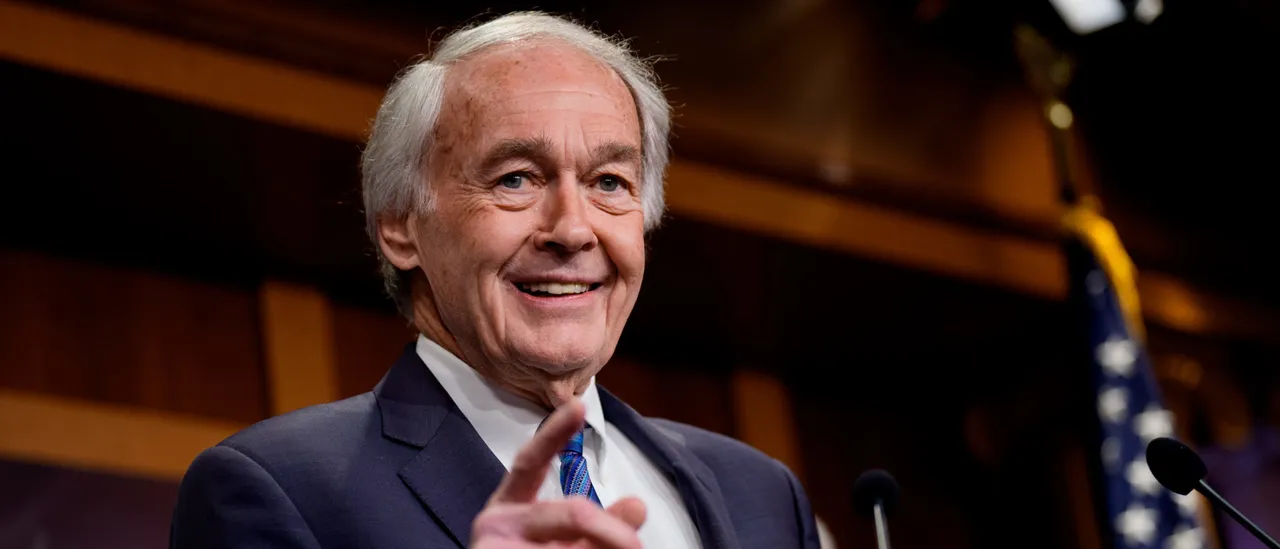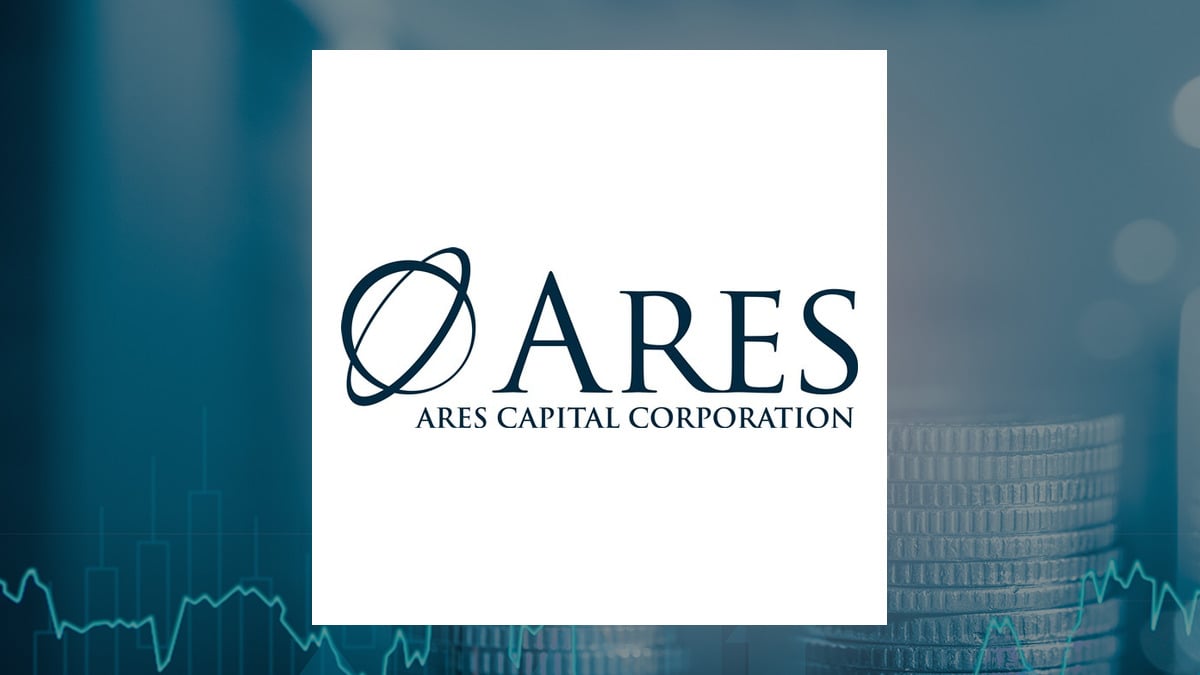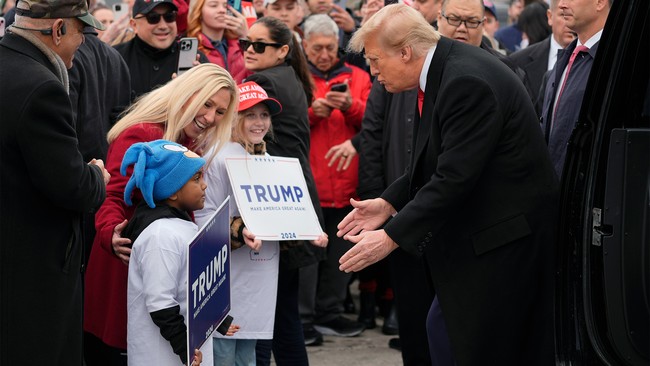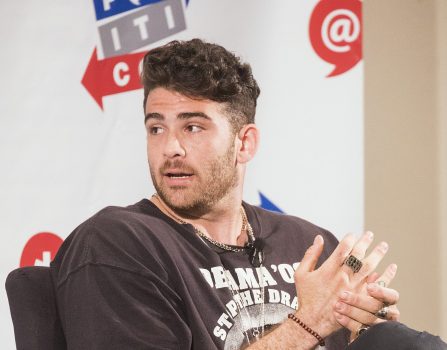On Saturday, millions of Americans participated in protests against former President Donald Trump, with estimates of attendance ranging from 7 to 8 million individuals. This mass mobilization signals significant public discontent with Trump’s recent actions and statements. Alongside the protests, numerous media outlets, including Fox News, have collectively rejected a controversial demand from Pete Hegseth to report solely on information sanctioned by the Defense Department. This unprecedented move resulted in major outlets returning their press credentials, effectively boycotting Hegseth’s press briefings.
The protests and media backlash reflect a larger pattern in American history where public sentiment can rapidly shift against figures in power. Seven of the nine universities invited by Trump to join a proposed government compact—where they would sacrifice academic freedom for increased funding—have firmly declined the offer. This rejection illustrates widespread resistance among educational institutions to compromise their values for government support.
Consumer actions have also demonstrated the growing unrest. Disney faced significant backlash after attempting to sideline comedian Jimmy Kimmel, leading to a consumer boycott that rapidly escalated. According to the advocacy group Strength in Numbers, this boycott quickly became four times larger than any previous consumer protests over the past five years, showcasing the potential power of organized dissent.
Historical Context of Public Dissent
The current wave of protests recalls pivotal moments in American history when public outrage prompted significant change. Robert Reich, a former Secretary of Labor and current public policy professor at Berkeley, notes that the “sleeping giant” of American public opinion has awakened in response to perceived injustices. He draws parallels between today’s climate and previous instances, such as the civil rights movement, the fallout from the Vietnam War, and the Watergate scandal, where widespread outrage led to legislative and political transformations.
In each of these historical cases, a profound sense of betrayal or disrespect for the public’s values ignited movements that ultimately altered the course of American history. The media’s refusal to comply with Hegseth’s demands, coupled with significant public demonstrations, indicates a similar awakening today.
The Future of American Activism
As protests continue and public sentiment grows increasingly vocal, the implications for Trump’s political future and his policies remain uncertain. Reich emphasizes that the collective will of the American people can prompt necessary changes in leadership and policy direction. The current backlash against Trump’s administration could signal a turning point, similar to previous historical moments where public dissent reshaped the political landscape.
In a broader context, the events of recent days may serve as a reminder of the importance of civic engagement and the power of collective action in shaping democracy. As the situation evolves, observers will be watching closely to see how these protests and media actions influence policy and governance in the coming months. The American public’s response may very well define the future of political discourse and accountability in the country.







